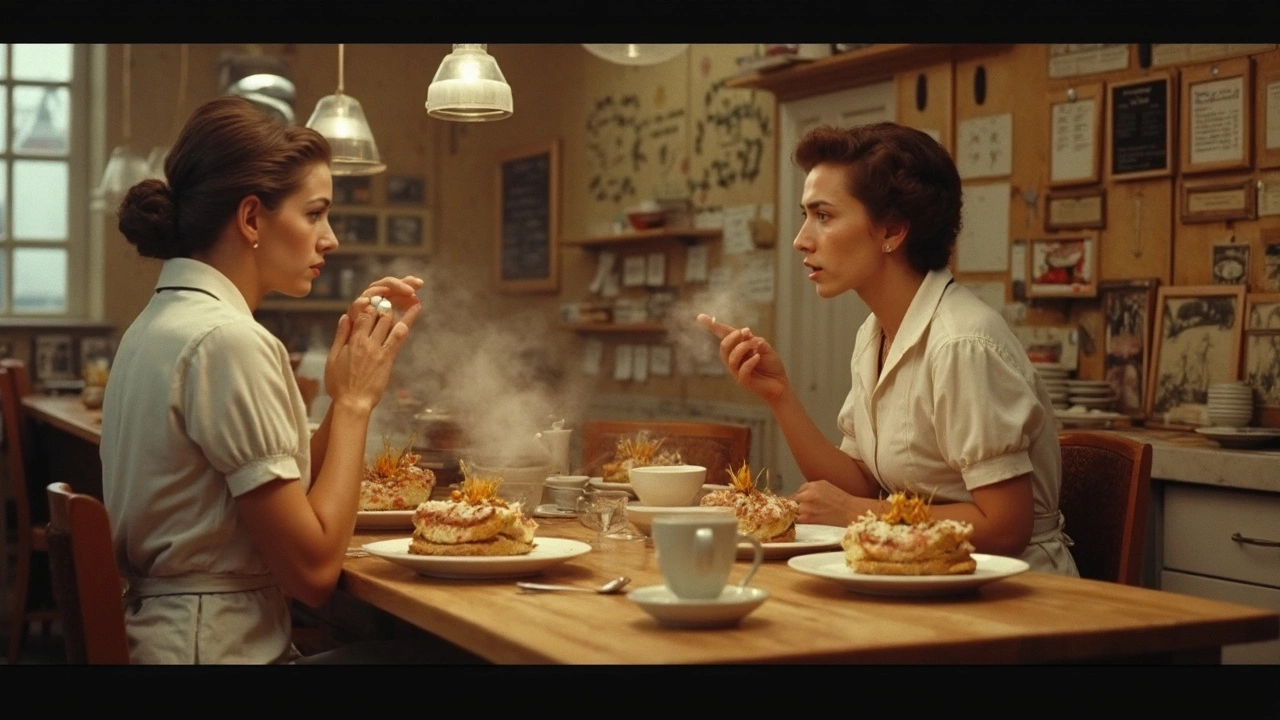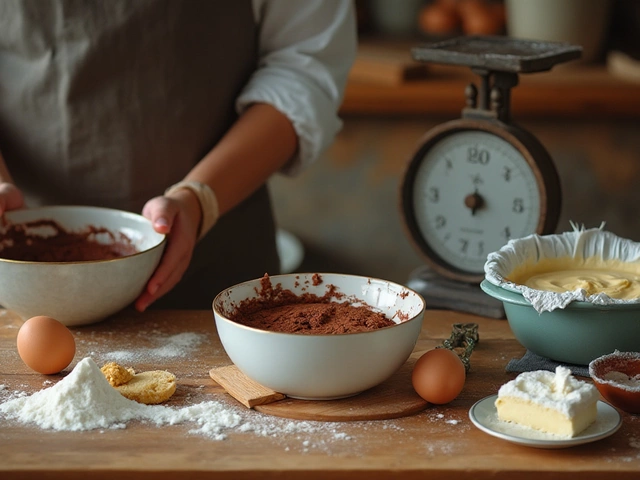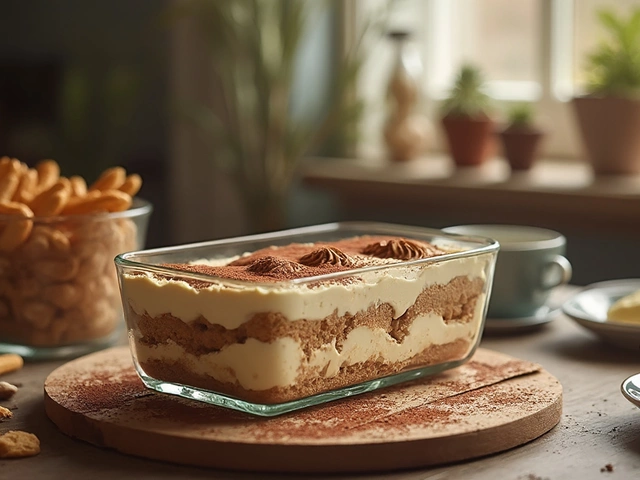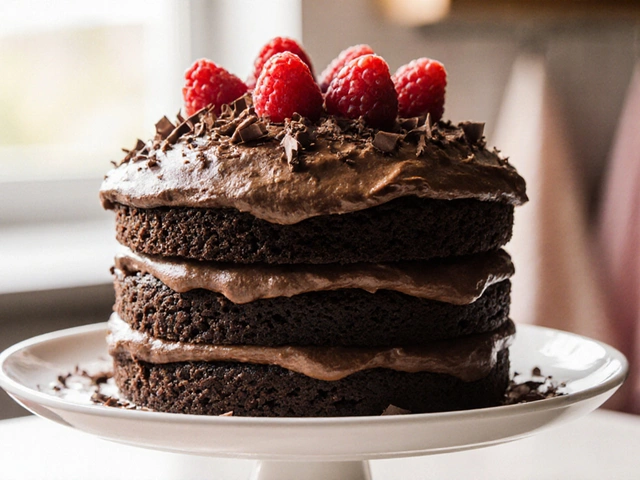Tiramisu stirs up a mix of indulgence and mystery with every creamy spoonful. Somehow, this humble dessert of coffee-soaked ladyfingers, mascarpone, and cocoa powder sparked one of Italy’s most heated culinary debates. Is it a centuries-old treat with secret aphrodisiac powers? Or, did someone’s grandma just get creative in the 20th century? Either way, tiramisu feels iconic, like it’s always belonged at Italian tables. But the truth? It’s a tangled story filled with rivalry, pride, surprising twists—and a few hilarious myths.
The Mystery of Tiramisu’s Birth: Myths, Legends, and Reality
Ask five Italians where the first tiramisu was made and you’ll get five different—sometimes passionate—answers. The Veneto and Friuli-Venezia Giulia regions in northern Italy both claim the bragging rights. In Treviso, Veneto, locals will swear on their nonna’s recipe box that tiramisu was born at a restaurant called Le Beccherie. Stories say it appeared on their menu in 1972, credited to pastry chef Roberto Linguanotto and his apprentice, Francesca Valori. She even had the married name Tiramisu! Cozy, right?
But then you’ll cross into Friuli, and the town of Tolmezzo will roll out their own parade. They insist that the dessert’s true origin is in the kitchens of the Albergo Roma hotel, where chef Norma Pielli was layering biscuits and cream into what her guests dubbed "Tireme su"—local dialect for "pick me up." Some Tolmezzo residents say their version dates back to the 1950s, which, if true, edges out the rival claim by two decades.
And it doesn’t end there. There’s a whole camp—especially in Treviso—that claims tiramisu wasn’t haute cuisine at all but rather a humble, even risqué, invention. According to this version, the dessert was popular in brothels, whipped up by madames seeking to revive their exhausted clients, thanks to its coffee, eggs, and cocoa—all old-school aphrodisiacs and energy boosters.
So, what does the hard evidence say? The name "tiramisu" didn’t appear in print until the 1980s. That’s surprisingly recent for a dessert that feels timeless. The earliest verified reference is a restaurant menu from Le Beccherie in Treviso and an official registration of the recipe in 1972.
Food historians point out that earlier Italian sweets were similar, like "Zuppa Inglese"—a trifle of soaked cake and custard. But tiramisu’s iconic mix—soaked savoiardi, mascarpone, espresso, cocoa, no baking—really is something new. The "no-cook" factor may have been a clever move when kitchens got hot in summer.
Here’s a quick look at major tiramisu milestones:
| Year | Milestone or Reference | Location or Source |
|---|---|---|
| 1950s–60s | Rumored origin of dessert called "Tireme su" at Albergo Roma | Tolmezzo, Friuli |
| 1972 | Official menu appearance of "Tiramisù" | Le Beccherie, Treviso |
| 1980 | First known published mention in print | Veneto Region publications |
| 2017 | Tiramisu earns Traditional Agri-food Product status (PAT) | Ministry of Agricultural, Food and Forestry Policies, Italy |
So if you’re wondering, did the world wait until 1972 for this iconic dessert? Well, sort of. There’s just no proof of tiramisu—by name or by form—before those decades.
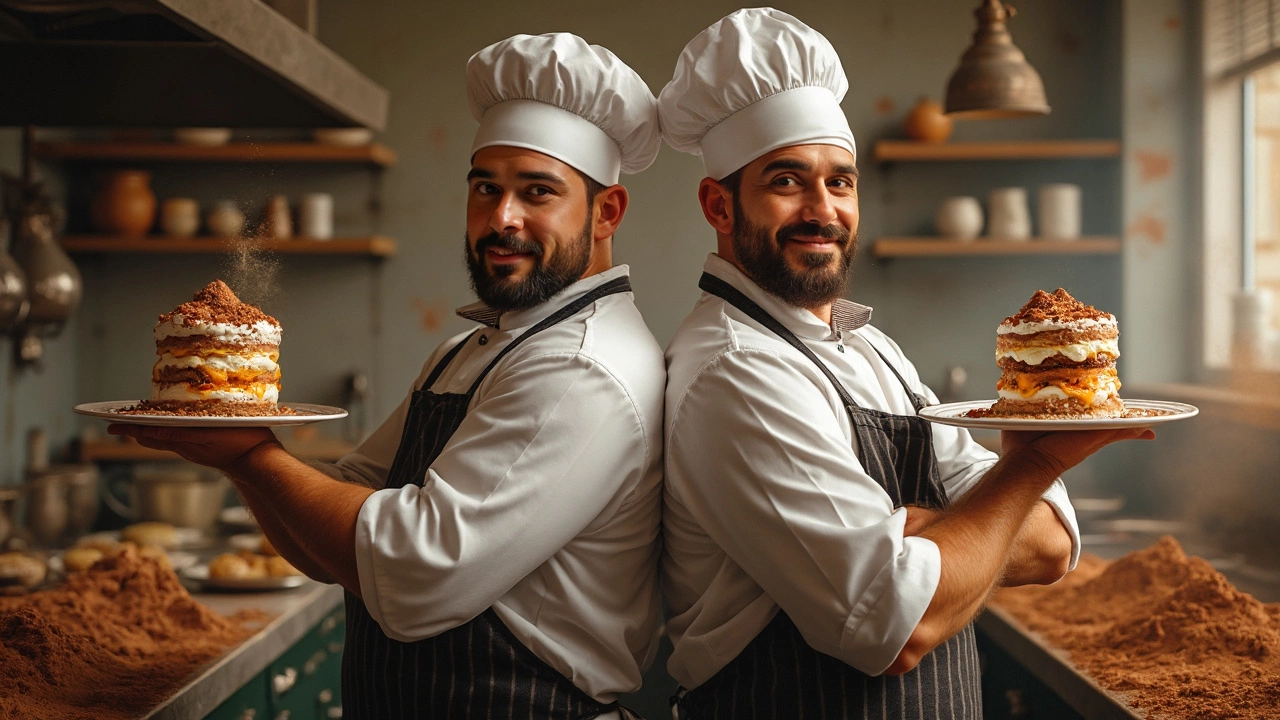
Secret Ingredients, Shared Techniques: What Makes Tiramisu Special?
Tiramisu’s magic isn’t just in its taste—though wow, what a taste. It's in the textures, the balance of strong espresso bitterness with sweet creaminess, the hint of booze (sometimes), and that cloud of cocoa that tickles your nose first. Sure, versions differ, but everyone agrees on a few basics:
- Ladyfingers (Savoiardi): These light, crisp biscuits soak up strong coffee—some recipes say homemade espresso, others get more casual with moka pot blends. No instant coffee, please.
- Mascarpone: A lush, buttery cheese, essential for smoothness. Skimp on this and you’ll have an imposter.
- Eggs: Classic versions use raw yolks and whites, whipped separately for creamy volume. If you’re nervous about raw eggs, some modern chefs pasteurize them or swap for cream.
- Sugar: For balancing the intense flavors.
- Cocoa Powder: The crowning sifted flourish. Always unsweetened, for a sharp contrast.
- A splash of booze (optional): Marsala wine is the tradition, but rum or coffee liqueurs like Kahlúa slip in these days.
The best tiramisus are always made a day in advance. This lets flavors blend and the ladyfingers become tender but not soggy. Try swapping out traditional savoiardi for panettone at Christmas, or enjoy an alcohol-free version if kids are involved. The structure is forgiving—just don’t drown the biscuits (a brief dip is plenty) or skimp on the mascarpone.
If you’re wondering how Italians feel about recipe tweaks, let’s just say: some will judge you for adding berries or Nutella, but most home cooks experiment a little. Tiramisu’s gone global, after all. In Japan, you’ll find matcha tiramisu; in Brazil, they spike it with cachaça; vegan versions trade eggs for coconut cream and silken tofu. The secret is finding the right balance—bold coffee, creamy filling, and that unmistakable sweet-bitter combo.
Nutrition-wise, tiramisu is definitely more treat than health food. That said, you’ll get around 240–300 calories per small portion, mostly from the sugar, eggs, and mascarpone. A lavish party slice can run higher, especially if you’re generous with the cream. Tiramisu is sometimes seen as a “pick-me-up” for another reason: all that caffeine and sugar in a single hit.
For the record, the world’s largest tiramisu—according to the Guinness World Records in 2015—was more than 3 tons and served at least 6,000 people. So yes, the obsession is very real.

Modern Takes, Family Feuds, and Tiramisu’s Place in Pop Culture
If you type who invented tiramisu into your search bar today, you’ll still find heated debates, lawsuits, and YouTube rants. Both Treviso and Friuli provinces have applied for official protected status for “their” recipes. In 2017, the Italian government granted Tiramisu “Traditional Agri-food Product” status, but only for Treviso’s version—a decision that sealed decades of rivalry and made locals on both sides even more stubborn.
The dish has starred in movies (remember the steamy scene from “Sleepless in Seattle”?), showed up on every trendy bistro menu in the world, and even inspired ice creams, cocktails, and whimsical tiramisu-flavored breakfast cereals. Instagram? Just search #tiramisu and get lost in a universe of jars, cakes, and even macarons.
Families, of course, are fiercely loyal to their own methods. If you really want the "authentic" tiramisu experience, find someone’s Italian grandma. She might let you in on treasured tips: always separate eggs when cold but whip when warm, never over-soak your savoiardi, and use the best-quality mascarpone you can afford. Some will press the importance of letting it chill overnight (bare minimum!), and others will break the rules, swapping in ricotta or Greek yogurt if mascarpone is hard to find.
Want to wow your friends? Try a deconstructed tiramisu served in pretty glasses. Or spike your coffee layer with a little amaretto for almond flavor. Just avoid baking—it’s never baked, or else it becomes a trifle or cake. And remember: the cocoa powder goes on at the very end to keep things looking pristine and fresh.
If you’re feeling scholarly, researchers say tiramisu reflects Italy’s postwar optimism and a new wave of home cooking. The word itself means “pick me up,” and you can’t miss that spirit—delicious, easy to share, and a little bit naughty. That’s probably why no single region—or chef—will ever give up the fight for “first bite.”
One thing’s certain: tiramisu’s real inventor is probably lost to history and would be shocked at all the fuss. But maybe that’s how it should be. Some secrets taste best with a dash of mystery and a generous sprinkle of cocoa.

